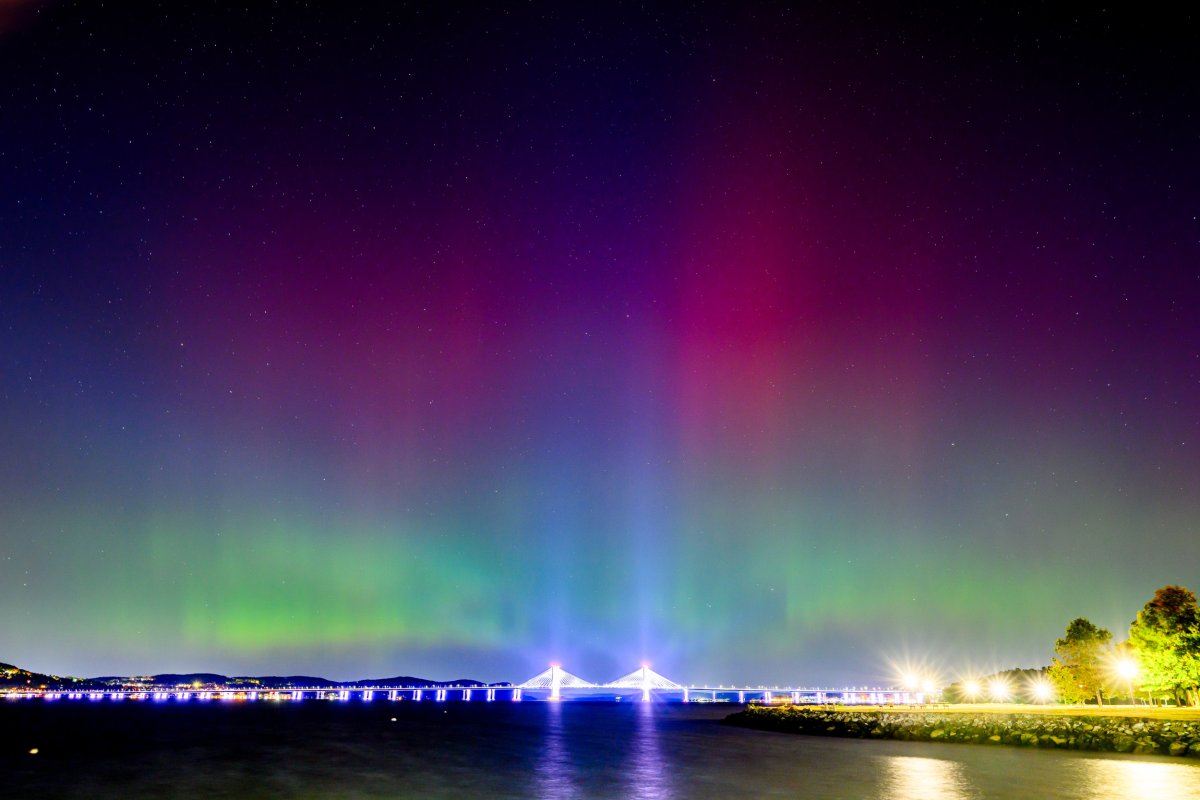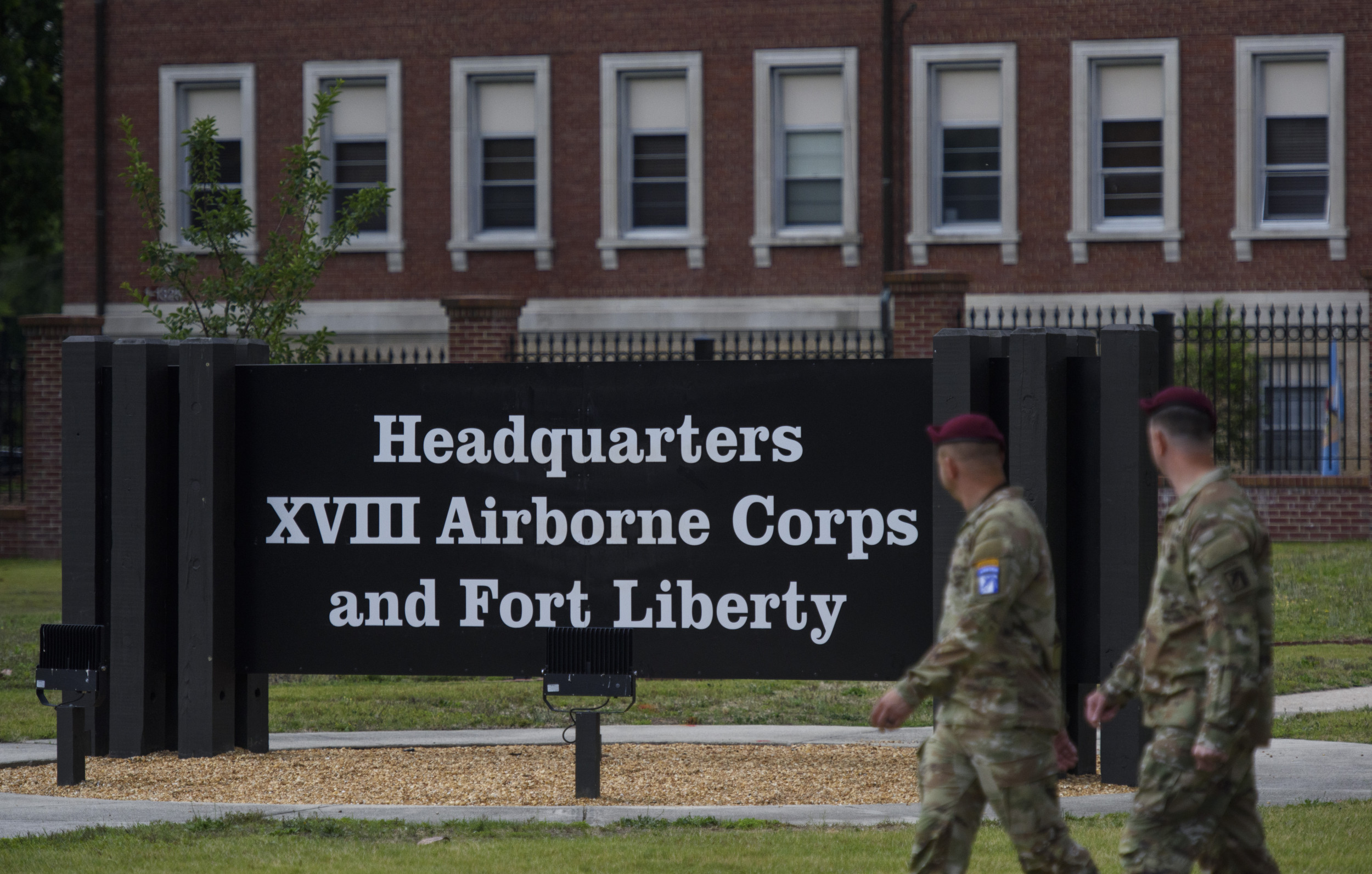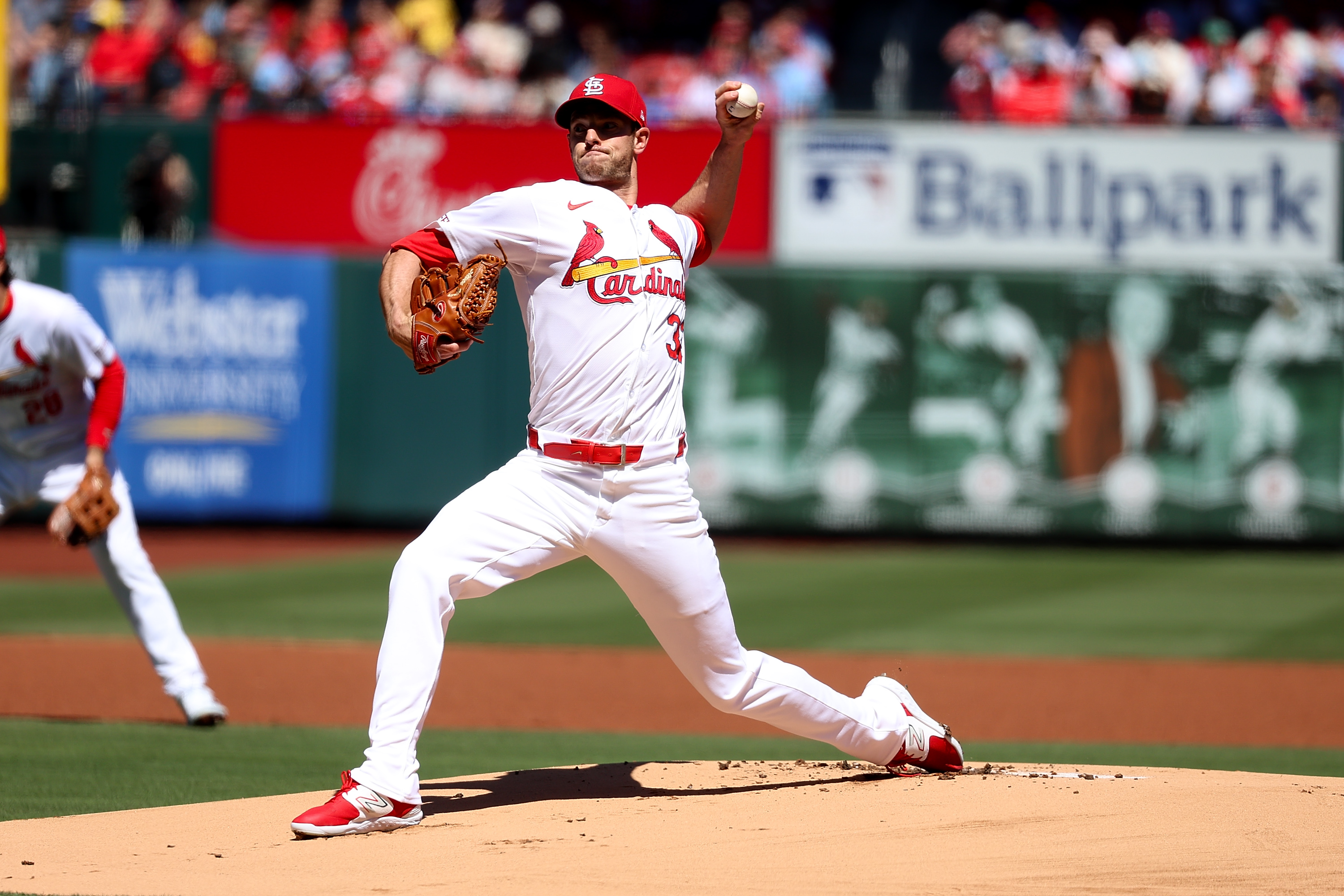Forecasters from the National Oceanic and Atmospheric Administration (NOAA) Space Weather Prediction Center say that geomagnetic storms could result in some parts of the U.S. ringing in the new year under the northern lights.
Why It Matters
The northern lights, or aurora borealis, are typically visible in far northern regions within 1,550 miles of the North Pole. While the colorful phenomena is regularly expected in Alaska, it is usually a rare sight in other parts of the U.S.
Geomagnetic storms earlier this year resulted in the aurora being visible to large and unlikely areas of the contiguous U.S. on more than one occasion, with sightings of the lights as far south as Florida.
What To Know
A NOAA forecast explains that "a G3 (Strong) geomagnetic storm watch is in effect for 31 Dec, with a G1 (Minor) watch for 1 Jan," due to an expected "pair of Earth-directed coronal mass ejections (CME)."
"We will not know the true potential of geomagnetic disturbance levels of response until the CME(s) arrive 1 million miles from Earth (when they will be about 30-60 minutes from reaching our planet) and their structure and intensity can be measured by our solar wind observatories - NOAA DSCOVR and NASA ACE spacecraft," the forecast states.
"Also, neither CME is expected to be a direct hit, which also makes forecast of intensity more difficult," it adds.

Northern Lights Forecast on New Year's Eve
NOAA is predicting that the northern lights could be viewable on New Year's Eve over a smaller part of the U.S. than the sightings earlier this year, though it may be seen by residents of states that border Canada.
Forecast maps shared by the Space Weather Prediction Center show parts of more than a dozen northern states highlighted with a low-to-medium likelihood of being in the "aurora viewline" from December 30 to New Year's Day.
In Which States Can You See the Northern Lights During the Geomagnetic Storm?
While it is not certain that the northern lights will be viewable in any of the lower 48 states over New Year's, they might be seen in parts of the following states: Washington, Idaho, Montana, Wyoming, North Dakota, South Dakota, Wisconsin, Minnesota, Iowa, Illinois, Michigan, New York, Vermont, New Hampshire and Maine.
What People Are Saying
Lieutenant Bryan Brasher, project manager for NOAA's Space Weather Prediction Center, told Newsweek via email that auroras "are caused by the interaction between solar wind and Earth's magnetic field which itself is disturbed by the solar wind."
"Our primary mission, however, focuses on protecting critical infrastructure and essential services, like power grids, satellites, communication and navigation networks, aviation and human spaceflight, all which can be negatively affected by space weather," Brasher said. "While auroras provide a fantastic opportunity to engage the public, they are generally benign and not our primary focus."
What Happens Next
While forecasters can predict the likelihood of an aurora being viewable in different areas, the phenomena cannot be predicted with total accuracy days or even hours in advance.
Residents of states that could experience the northern lights on New Year's Eve can check a tool on the Space Weather Prediction Center website that provides a forecast for "where the aurora will be in the next few minutes" about 30 minutes in advance.



















:quality(85):upscale()/2024/04/24/878/n/3019466/36c5693c662965c5d1ce91.72473705_.jpg)
 English (US) ·
English (US) ·